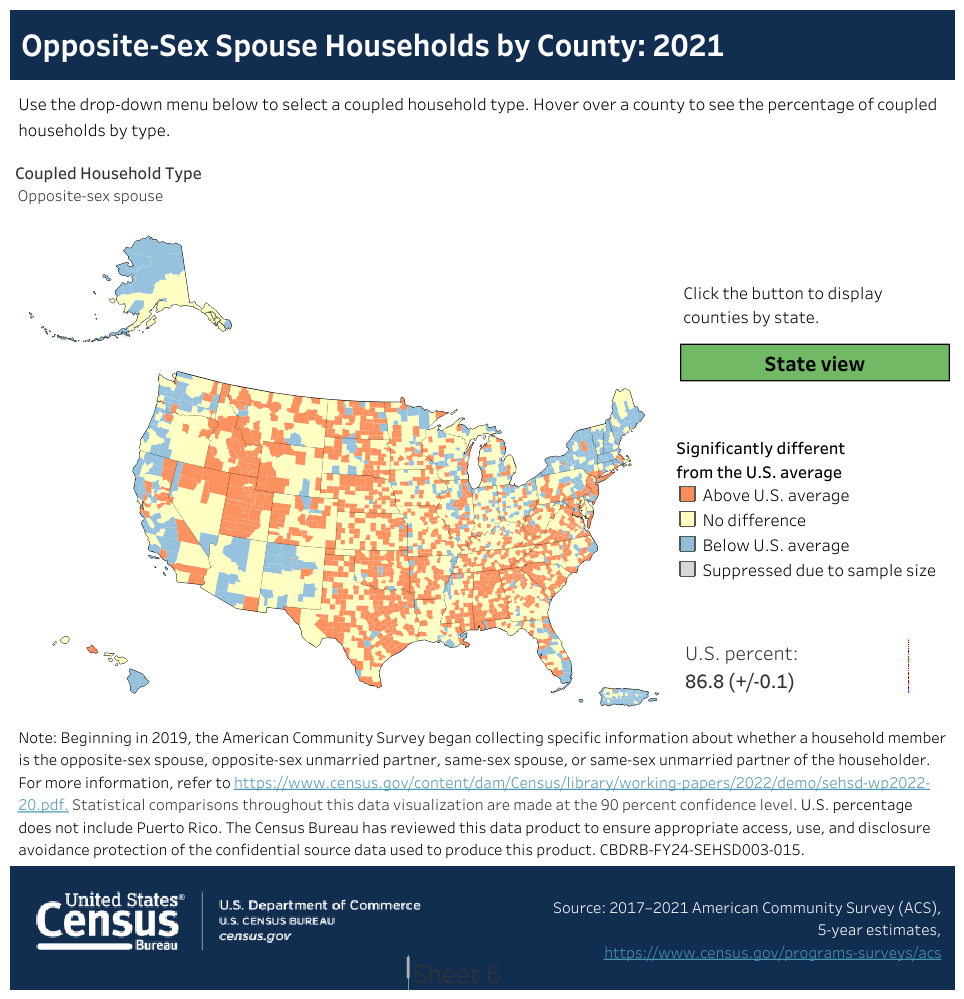Provide Adequate Housing
We want to know about how people in households are related (single people, couples, families, roommates, etc.), in combination with household income and housing costs, to help communities understand whether housing is affordable and meets the needs of residents. When housing is not sufficient or affordable, relationship data can help communities:
- Enroll eligible households in programs designed to assist them.
- Qualify for grants from the Community Development Block Grant (CDBG), HOME Investment Partnership Program, Emergency Solutions Grants (ESG), Housing Opportunities for Persons with AIDS (HOPWA), and other programs.
Provide Assistance to Families
We ask about family relationships, ages of children, household income, and health insurance status to help communities:
- Enroll eligible families in programs designed to assist them, such as Head Start and the Children's Health Insurance Program (CHIP).
- Qualify for grants to fund these programs.
- Evaluate programs like Temporary Assistance for Needy Families (TANF).
Understand Changing Households
We ask about relationship to householder to create statistics on living arrangements and how they are changing. This helps communities plan future programs and services for residents by considering whether older residents are staying in their homes as they age, whether young people are living with parents or moving in with roommates, and which kinds of households include young children. For example, the Social Security Administration estimates future program needs based on the current relationships of working people.
Coupled Households by County: 2017-2021
Click the image to view the data visualization.

[U.S. Census Bureau, 2017 - 2021 American Community Survey, 5-year estimates]







